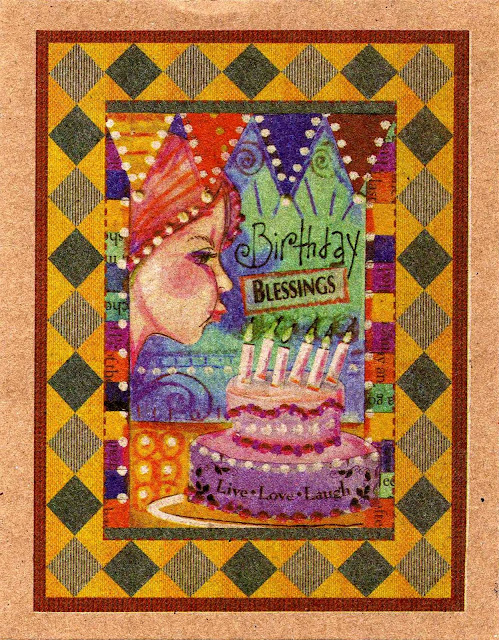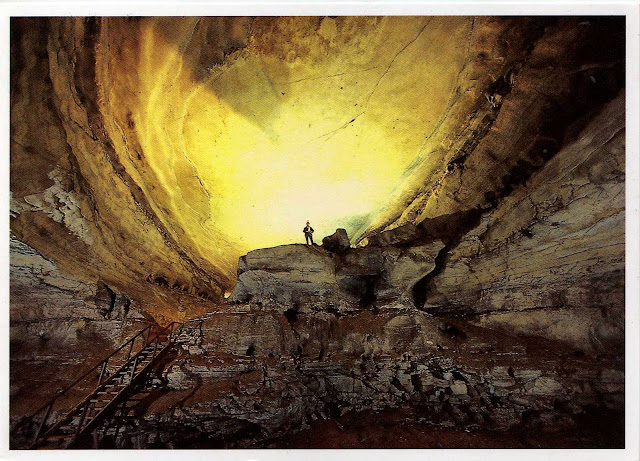Sorry for inconvieniences
Postcards around the world
A little piece of world found in my mailbox... Each postcard and letter have a story to be told and it often takes me to very untypical places and interesting thoughts which I'm going to share here... So see you in my mailbox sometime, someday!
Saturday, August 20, 2011
NEW BLOG ADDRESS!!!!!
Due to some technical reasons I've decided to move my blog to different e-mail account so it's easier for me to deal with all the accounts etc... So from now on the blog is on:
Azulejos
 |
| Aveiro- train station (photo) |
 |
| Azulejos showing the lighthouse(photo) |
One of the postcards which made my day today! Actually I recieved 3 postcerds from Portugal, 4 from Scotland and 1 from the Phillipines with a letter...That was a good day ;) Coming back to postcard... It shows azulejos- thin ceramic tiles very popular in Portuguese and Spanish-speaking countries. Nowaday is one of the characteristical features of Portugal and that's where I fall in love with them! In Aveiro where I used to live there is an old train station covered with blue and white tiles- it looks amazing! I've attached 2 photos of that building :)
Anyway the art of azulejos has been being developed for over 500 years. It was the cheapest way to make the buildings look more aesthetical and unique. Tiles are also very higyenic and they are used indoors in kitchens, bathrooms...everywhere where humidity may be a problem.
There are two theories about the origin of the term 'azulejo'. Because it was the Moors that brought azulejos to the Iberian Peninsula it is said that the term comes from arrabic al azzelij which means 'little, smooth stone' and which was used to name the middle-easter mosaics. The second theory is that the name comes from Portuguese/Spanish word 'azul' meaning 'blue' and it reffers to the traditional blue ornaments on the white tiles. More informations soon as I'm hopefully going to recieve more postcards showing beautiful azulejos!
Labels:
azulejos,
ceramic,
Europe,
favourites,
Portugal,
private swap
Friday, August 19, 2011
For your country's sake today...
Very interesting postcard recieved by a private facebook swap with Molly. She was on holidays in Fort Sumter/Fort Moultrie in South Carolina. It was a World War II-era recruitment poster by Steele Savage from 1944.

Here is a little bit form Wikipedia about the American posters from II WW:
The U.S. used posters more than any other method of broadcasting propaganda, and produced more propaganda posters than any other country fighting in World War II. Almost 200,000 different designs were printed during the war.
The Office of War Information (OWI) Bureau of Graphics was the government division in charge of producing and distributing these advertisements. The feature that distinguished the United States poster propaganda from British and other allied propaganda was that the advertisements remained primarily positive in their messages. The United States focused on duty, patriotism and tradition where other countries were focusing on fueling the people's hate for the enemy. These positive messages were used to increase the production of the home front instead of insuring that the "money raised was not lost". Posters rarely used images of war casualties, and battlefield scenes became less popular, being replaced by commercial images to satisfy the "consumer" need for the war.
Posters used a number of themes to encourage support for the war including conservation, production, recruiting, home efforts, and secrecy. Posters were placed in areas lacking paid advertisements. The most common areas were post offices, railroad stations, schools, restaurants, and retail stores. Smaller posters were printed for the windows of private homes and apartment buildings. These regions were places where other propaganda forms could not be deployed.
The war posters were not designed by the government but by artists who received no compensation for their work. Different government-run organizations held competitions for artists to produce their best war time design in order to enlarge the number of designs that they could choose from.
The U.S. used posters more than any other method of broadcasting propaganda, and produced more propaganda posters than any other country fighting in World War II. Almost 200,000 different designs were printed during the war.
The Office of War Information (OWI) Bureau of Graphics was the government division in charge of producing and distributing these advertisements. The feature that distinguished the United States poster propaganda from British and other allied propaganda was that the advertisements remained primarily positive in their messages. The United States focused on duty, patriotism and tradition where other countries were focusing on fueling the people's hate for the enemy. These positive messages were used to increase the production of the home front instead of insuring that the "money raised was not lost". Posters rarely used images of war casualties, and battlefield scenes became less popular, being replaced by commercial images to satisfy the "consumer" need for the war.
Posters used a number of themes to encourage support for the war including conservation, production, recruiting, home efforts, and secrecy. Posters were placed in areas lacking paid advertisements. The most common areas were post offices, railroad stations, schools, restaurants, and retail stores. Smaller posters were printed for the windows of private homes and apartment buildings. These regions were places where other propaganda forms could not be deployed.
The war posters were not designed by the government but by artists who received no compensation for their work. Different government-run organizations held competitions for artists to produce their best war time design in order to enlarge the number of designs that they could choose from.
Labels:
favourites,
North America,
private swap,
propaganda,
the US,
the US project
Tuesday, August 16, 2011
Birthday card frem Asia
I promise I'm not going to put all of my birthday cards here but I couln't help myself with this one. I was sent by Anne from the Phillipines and I really love it. Card is printed on recycled paper and contains very warm and sweet wishes.
China
That card is very misterious. I recieved it for Bridges RR group and all what a sender wrote was the information that the bridge is located on the 2nd the largest river in China- which is called Yellow River as far as I remember. I have no idea what is that city, which part of the country and what's the name of the bridge... Card has quite a long description on the back but unfortunately chinese is not my language...
Worldwide stamps
That collage of stamps from my cards makes me want to take part in Chain Postcard RR. I saw some examples and it looks soooo cool! I guess I'll try it in October when I move to my new place :)
Labels:
Asia,
Australia,
Europe,
North America,
Oceania,
South America,
stamps
Monday, August 15, 2011
Nothing more dutch than a windmill
Windmills are one of the symbols of the Netherlands. They were really important to provide energy for pomps for drying out the land. Some of the sourses says that there was about 10 000 windmills in Holland in 19th century. Right now they are undoubtly a huge tourist magnet :)
Warszawa- Polish capital
All my life I've been hearing that Warsaw sucks... Finally I went there and guess what? Warsaw is quite interesting :) I was there in May when all the tulips were blooming and everything looked beautiful. The city center was totally destroyed during the II WW and rebuilted and as far as I remember it's on UNESCO WTS - I don't feel like checking it right now. The only things that I didn't like there was the Main Square-not really renovated, small and empty which comparing with my hometown Main Square is really disappointing. The other thing was lack of rivers... Of course there is Wisła flowing through the city but it's not really that noticable like Odra in Wrocław. Except for that I liked the city :D
And the card was sent by my friend who moved there few years ago ;)
Islam in the Philippines
Islam is the oldest monoteistic religion recorded in the Phillipines. First mosques were built there in 14th century. Right now Muslims are 5-9% of the population of the country. They dominate the Autonomus Region in Muslim Mindanao who was traditional homeland for Muslims since the 15th century. That beautiful postcard recived through private swap shows one of the mosques. It's such a beautiful view!
Mammoth Cave
Mammoth Cave is the longest cave system known in the world located in Edmonson Country, Kentucky. The labirynth is 591 km long and it's on UNESCO WTS since 1981. There are few lakes, rivers and waterfalls including Echo River located 110 meters under the ground. The cave is a home for various species of bats, insects, fish... I don't even want to imagine what creatures live there... brrr
Labels:
North America,
private swap,
the US,
the US project,
UNESCO
Subscribe to:
Comments (Atom)







